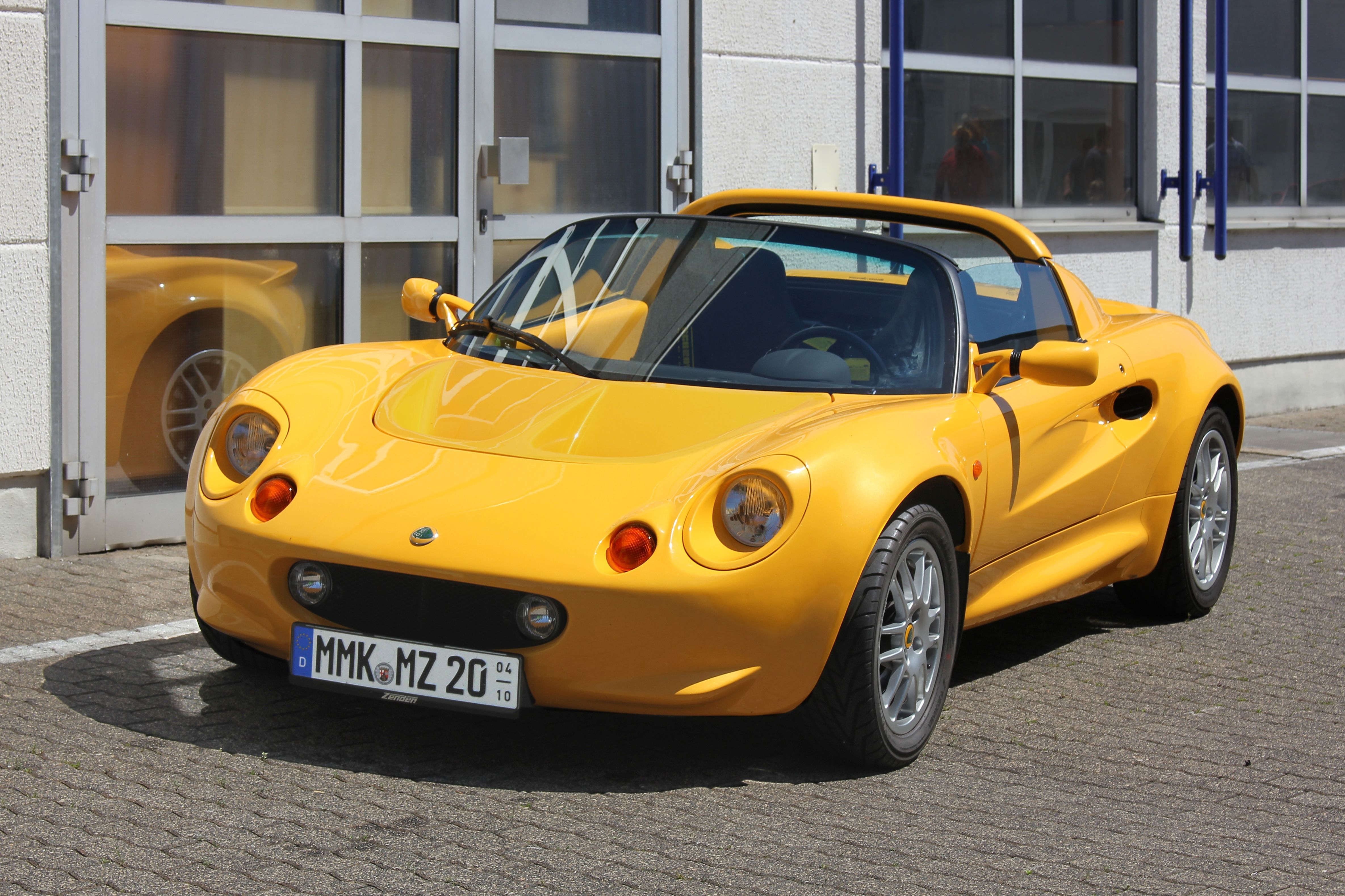The Lotus Elise Series 1 is a compact vehicle that performs like an SUV. The car first came out in 1996 and captured the small sports car market almost instantly. The roadster was a head-turner thanks to its potent engine and the attractive bug-like exterior. It is a 2-seater, so there is not much in terms of space in the Lotus Elise.
But it is the perfect vehicle for those who love a leisurely drive out on the highway or a competitive run around a track. The Elise is from the U.K, but not its engine. Lotus borrowed it from Rover, and that’s what made the Lotus Elise a powerhouse. The roadster was able to accelerate at a lightning-fast speed even though it did not have much horsepower.
The world loved it, but the U.S. government banned the vehicle for several reasons. Why? Let’s have a look.
Left Hand Vs. Right Hand Drive
The Lotus Elise is a banned vehicle in the U.S. because it has right-hand drive whereas American cars are left-hand drive, which makes the Lotus a sort of outlier. The car does not fit in with the crowd, and it can be a safety hazard. The streets and roads inside the U.S. are designed for left-hand drive cars.
You can imagine the inconvenience when stopping at a border check or a toll booth. The whole idea of a right-hand vehicle in a left-hand drive country doesn't sit well with the authorities. However, buyers have been able to import some vehicles in the past that still run on the streets. But they are a special case, which does not apply to many other cars.
The Lotus Elise is not a classic car yet. Otherwise, the government would allow it on that basis. We might see the ban being lifted, but it doesn't seem like it will happen any time soon.
The Lotus Elise Series 1 is Too fast for The Roads
The engine inside a Lotus Elise was taken from a Rover. Imagine using a large engine to power a compact roadster. What you get is an unbelievable power-to-weight ratio. The Lotus Elise weighs only 1,600 lbs. and its 1.8-liter inline-4 K-series engine makes 118 hp. Despite the low output, which is atypical for a sports car, the Elise managed to accelerate from 0 to 60 mph in 5.8 seconds.
It was this amazing acceleration that awarded the Lotus Elise its popularity. Unfortunately, that was also the reason behind the vehicle’s illegality in the U.S. In simple terms, the Elise is too fast for U.S. roads. The authorities see it as a safety risk for the person driving it and other drivers on the road.
The Lotus Elise Series 1 has No Roof or Windows
Safety regulations in the U.S. are pretty strict. The two organizations working to promote safety standards are the National Highway Traffic Safety Administration (NHTSA) and the Insurance Institute for Highway Safety (IIHS).
Both of these authorities test new and old vehicles when they arrive in America. They have a comprehensive test that measures the car's ability to withstand a crash, how well it does in different settings regarding safety, and more.
The Lotus Elise fails these tests for few fundamental reasons. The biggest one is that Elise does not have a proper roof or windows. In the event of an accident, the passenger and driver are likely thrown out, causing more damage than usual.
Many vehicles have been banned in the past for similar reasons. They work well in Europe and the rest of the world except the United States. Many manufacturers have had to adapt their vehicles and make a separate model for America to pass all the regulations.
Moreover, having no roof and windows poses a security risk. The legendary car can never be locked completely, allowing burglars and thieves to steal items from within the vehicle or steal the entire car, if possible.
The Lotus Elise Series 1 is Unsafe Due to Its Size
The Lotus Elise is a very small and affordable car, making it hard to spot on the road. That is especially true for people who drive SUVs or lifted trucks. The Lotus Elise might not be visible to them when it is beside them or behind them. Therefore, the authorities don't feel kindly towards allowing it on the road as a legal car.
The Lotus Elise import ban has been lifted in the U.S., but it is still illegal in the country. You can drive it on a track but not on the road. So, it only works if you are looking for a track-oriented racecar. Otherwise, American-made cars should be your preference.





